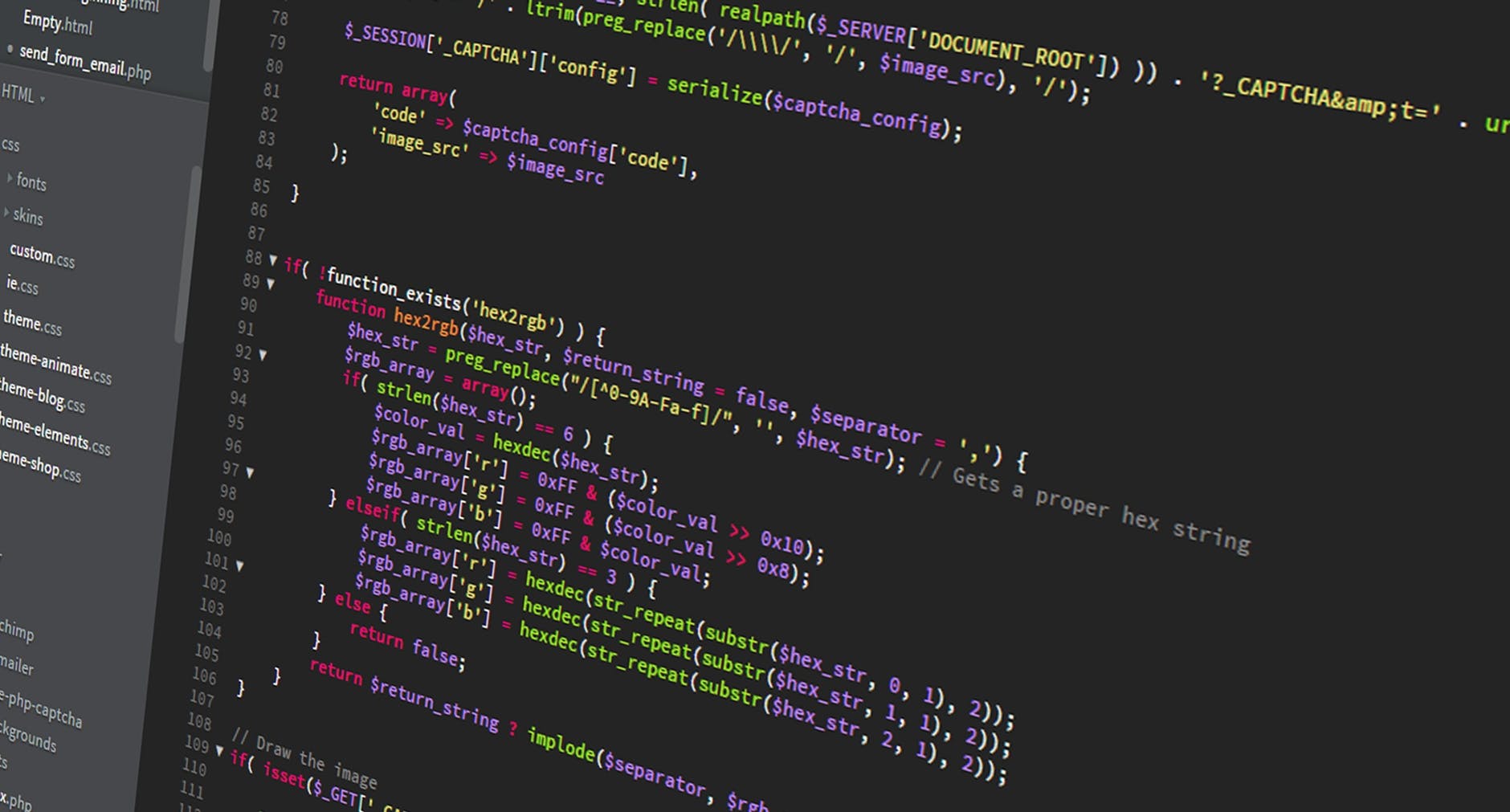Recently I had a need to map an IDataRecord to an entity class object in C#. Here is the code for reference… First, we need the method that generates a function to map the properties while handling DBNull.
private static Func<IDataReader, T> GenerateMapFunction<T>(IDataReader dataReader)
{
if (dataReader is null)
{
throw new ArgumentNullException(nameof(dataReader));
}
var expressions = new List<Expression>();
var dataReaderParameterExpression = Expression.Parameter(typeof(IDataRecord), "o7thDR");
var targetExpression = Expression.Variable(typeof(T));
expressions.Add(Expression.Assign(targetExpression, Expression.New(targetExpression.Type)));
// does int based lookup
var indexerInfo = typeof(IDataRecord).GetProperty("Item", new[] { typeof(int) });
var columnNames = Enumerable.Range(0, dataReader.FieldCount)
.Select(index => new { index, name = dataReader.GetName(index) });
foreach (var column in columnNames)
{
var property = targetExpression.Type.GetProperty(
column.name,
BindingFlags.Public | BindingFlags.Instance | BindingFlags.IgnoreCase);
if (property is null)
{
continue;
}
// index
var columnIndexExpression = Expression.Constant(column.index);
// reader[index]
var readerPropertyExpression = Expression.MakeIndex(
dataReaderParameterExpression, indexerInfo, new[] { columnIndexExpression });
// reader.IsDBNull(index);
var isReaderDbNull = Expression.Call(
dataReaderParameterExpression, nameof(IDataReader.IsDBNull), null, columnIndexExpression);
// reader[index] as PropertyType;
var safeCastExpression = Expression.TypeAs(
readerPropertyExpression,
property.PropertyType);
// T.Property
var targetPropertyExpression = Expression.Property(targetExpression, property);
// T.Property = reader.IsDBNull(index) ? default(PropertyType) :
// (PropertyType)reader[index] as PropertyType;
var assignmentBlock = Expression.Condition(
Expression.IsTrue(isReaderDbNull),
Expression.Assign(
targetPropertyExpression,
Expression.Default(property.PropertyType)),
Expression.Assign(
targetPropertyExpression,
Expression.Convert(safeCastExpression, property.PropertyType)));
expressions.Add(assignmentBlock);
}
expressions.Add(targetExpression);
return Expression.Lambda<Func<IDataReader, T>>(
Expression.Block(
new[] { targetExpression },
expressions),
dataReaderParameterExpression).Compile();
}Next we need the function that calls the above…
public static T? Map<T>(this IDataReader dataReader) where T : class
{
if (dataReader is null)
{
return default;
}
//// Use the following loop for debugging field data types in your entity classes.
//for (var i = 0; i < dataReader.FieldCount; i++)
//{
// Trace.TraceInformation($"{i}:{dataReader.GetName(i)} = {dataReader.GetFieldType(i).Name}");
//}
var converter = GenerateMapFunction<T>(dataReader);
return converter(dataReader);
}This does the job for a single row, but we want all the rows in the reader, right? For that we need this one…
public static List<T> ToList<T>(this IDataReader dataReader) where T : class
{
var list = new List<T>();
if (dataReader is not null)
{
while (dataReader.Read())
{
var row = Map<T>(dataReader);
if (row is not null)
{
list.Add(row);
}
}
}
return list;
}That’s it… It doesn’t use the async API of the data reader for the read… We might want an async version too…
public static async Task<List<T>> ToListAsync<T>(
this DbDataReader dataReader,
CancellationToken cancellationToken = default) where T : class
{
var list = new List<T>();
if (dataReader is not null)
{
while (await dataReader.ReadAsync(cancellationToken).ConfigureAwait(false))
{
var row = Map<T>(dataReader);
if (row is not null)
{
list.Add(row);
}
}
}
return list;
}
But what if we don’t want to pull the whole list all at once? Then you need this…
public static async IAsyncEnumerable<T> EnumerateAsync<T>(
this DbDataReader dataReader,
[EnumeratorCancellation] CancellationToken cancellationToken = default) where T : class
{
if (dataReader is null)
{
yield break;
}
while (await dataReader.ReadAsync(cancellationToken).ConfigureAwait(false))
{
var row = Map<T>(dataReader);
if (row is not null)
{
yield return row;
}
}
}
Oh, but what if you want a blocking version of that?
public static IEnumerable<T> Enumerate<T>(this DbDataReader dataReader) where T : class
{
if (dataReader is null)
{
yield break;
}
while (dataReader.Read())
{
var row = Map<T>(dataReader);
if (row is not null)
{
yield return row;
}
}
}
Hopefully, part of this will come in handy for someone as it was for me.
The code for this is available on GitHub and via NuGet package.

